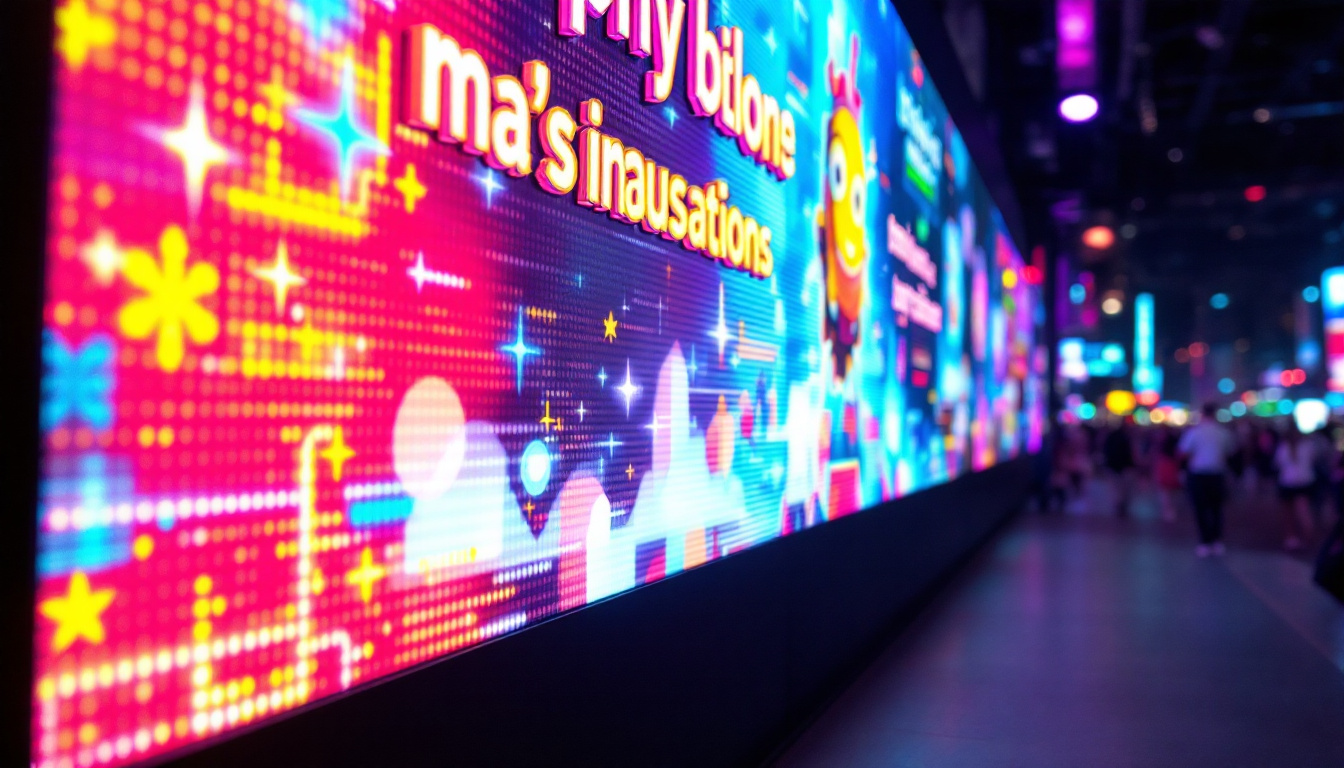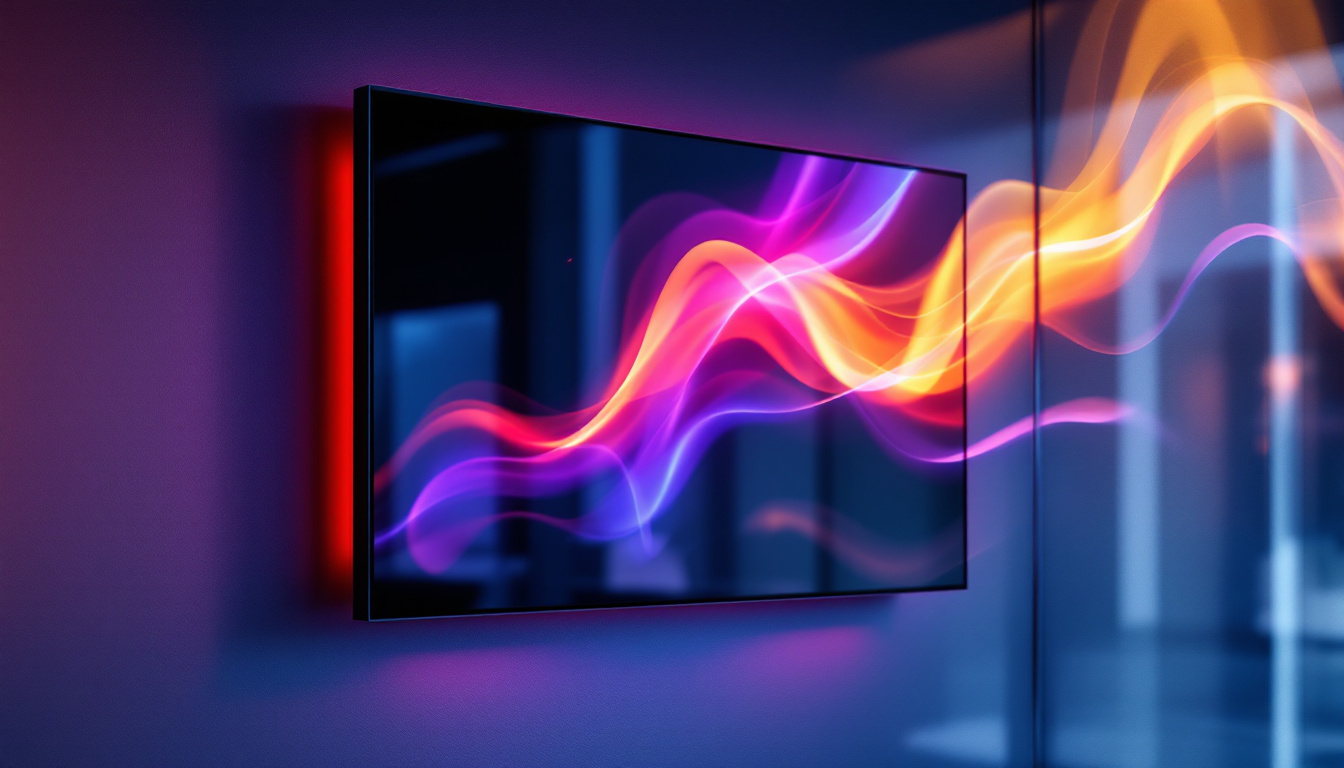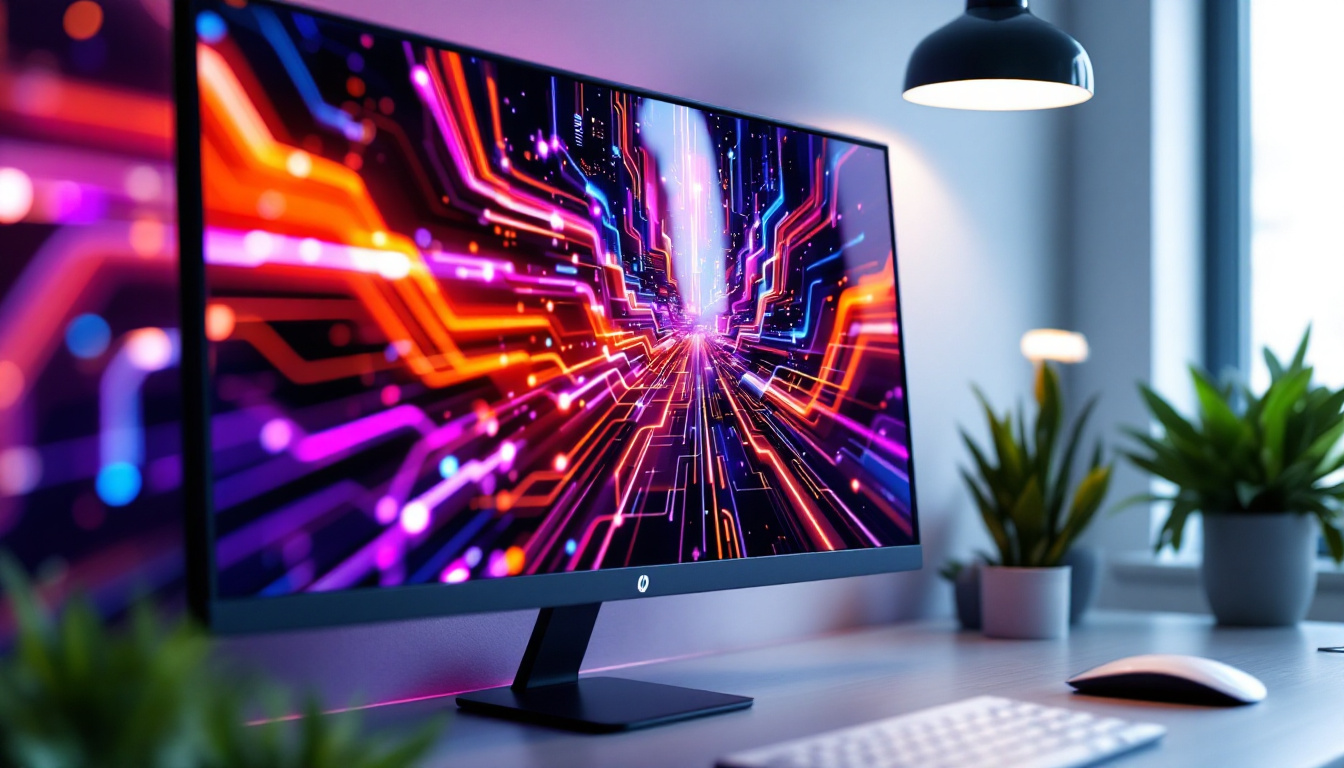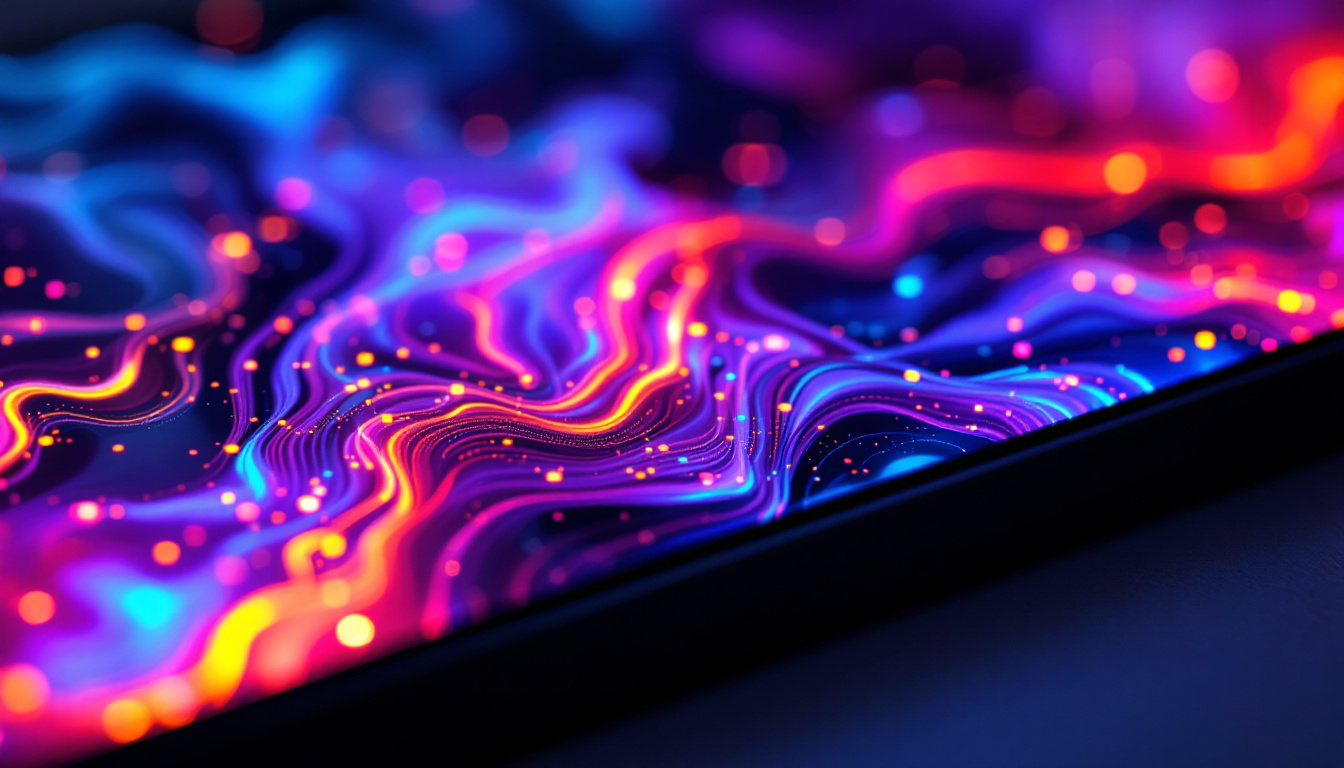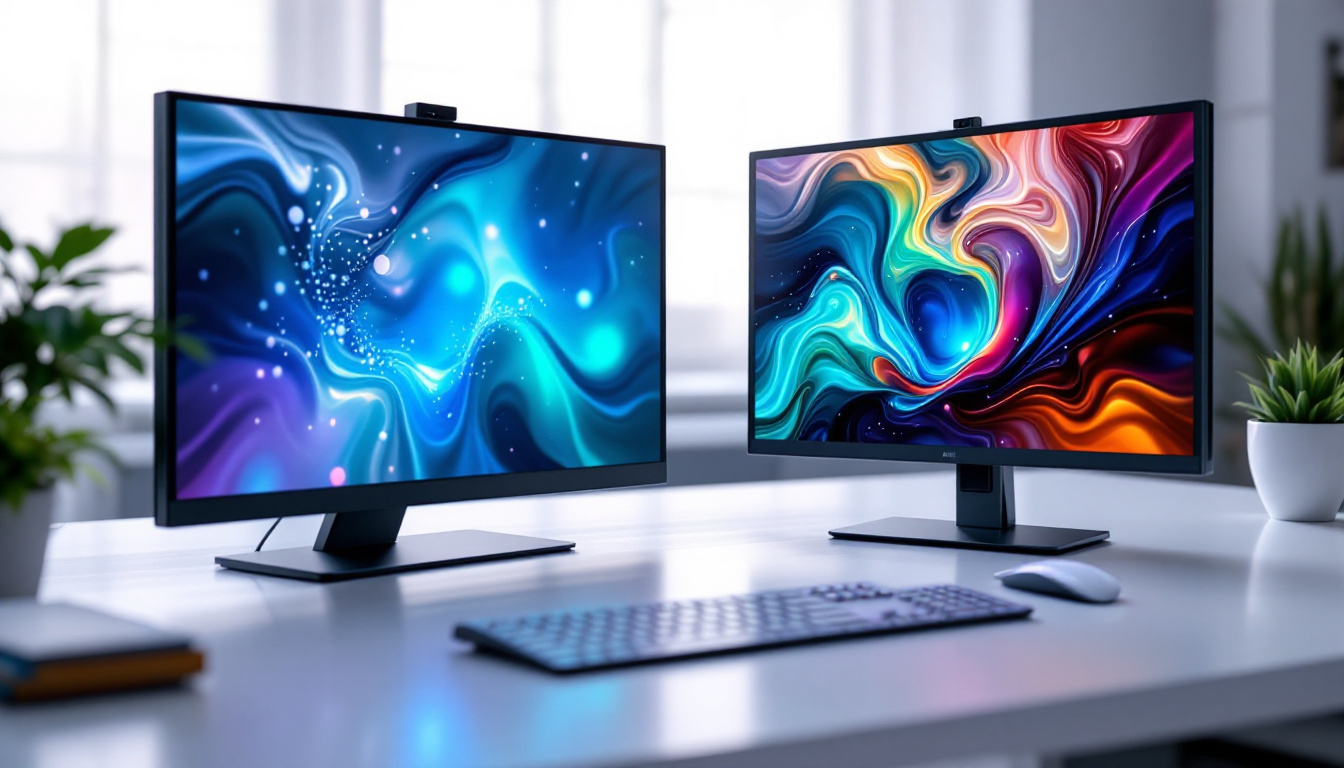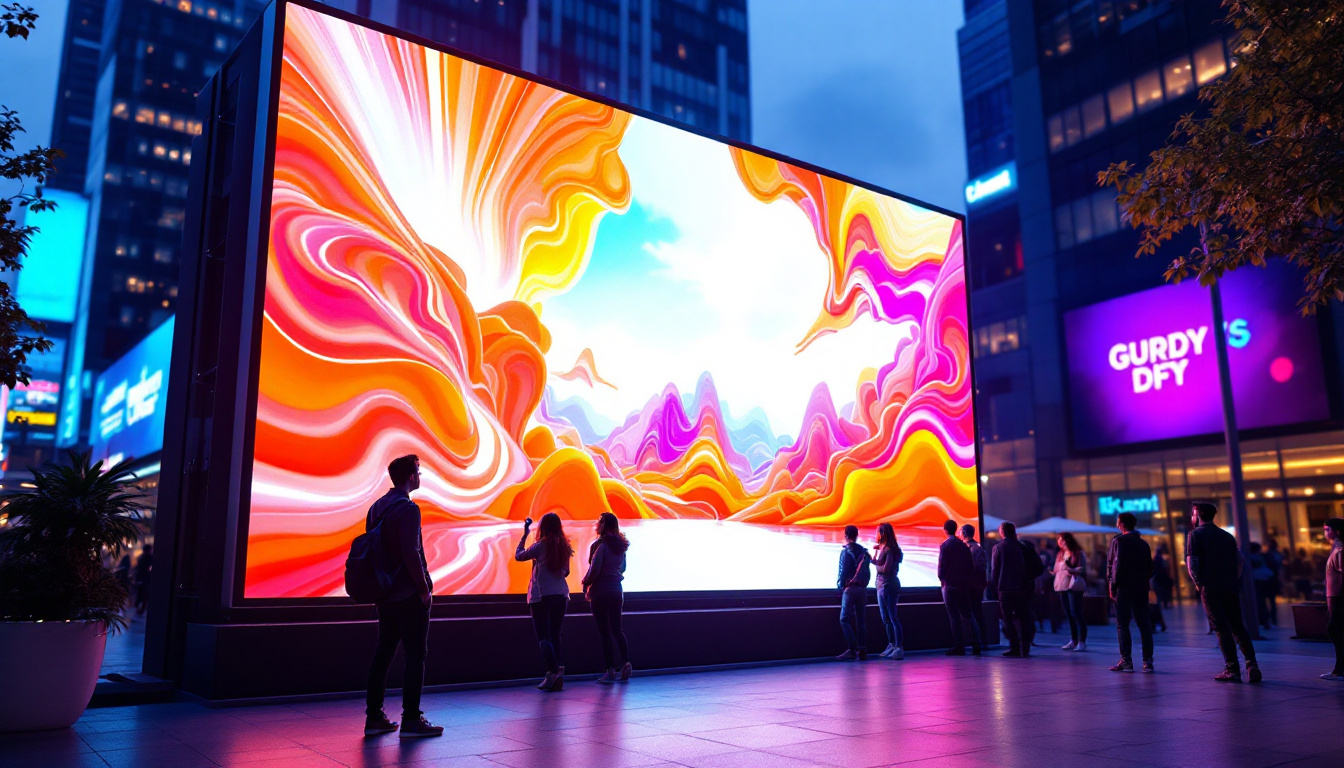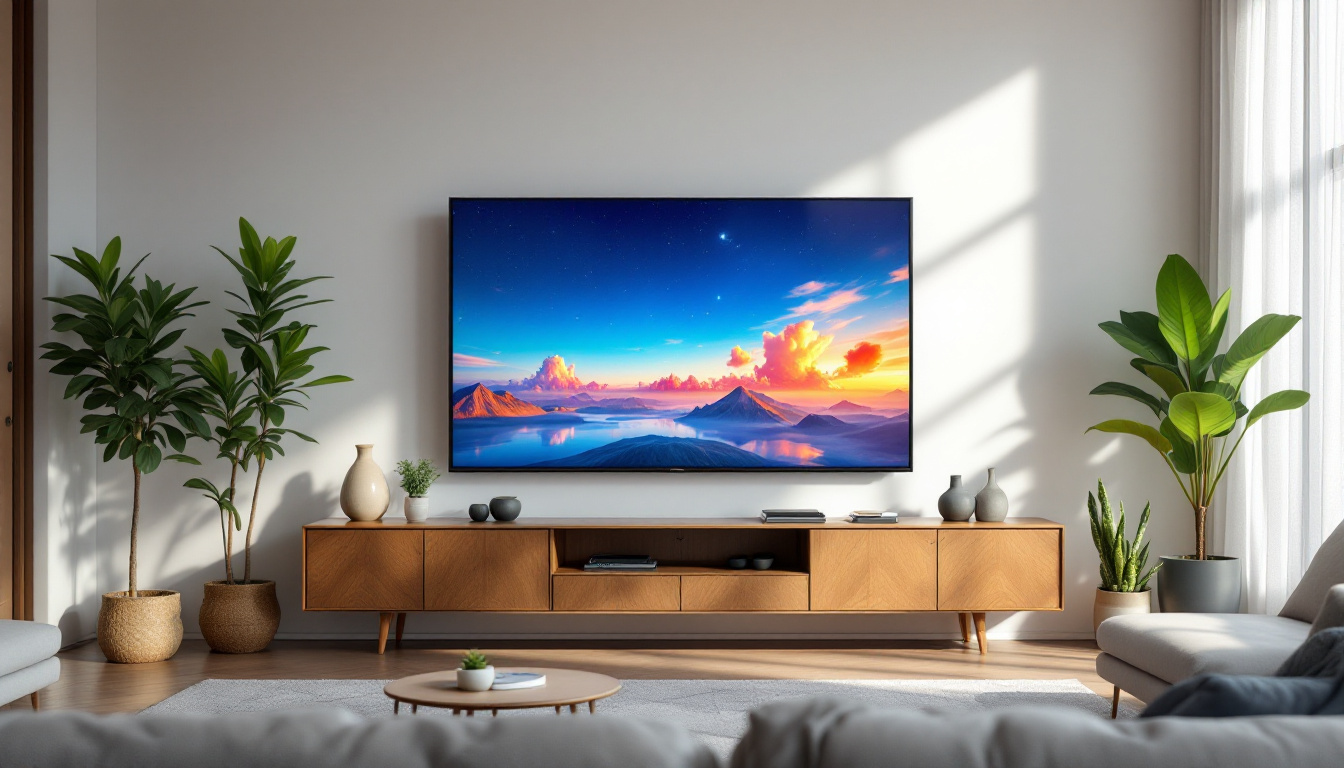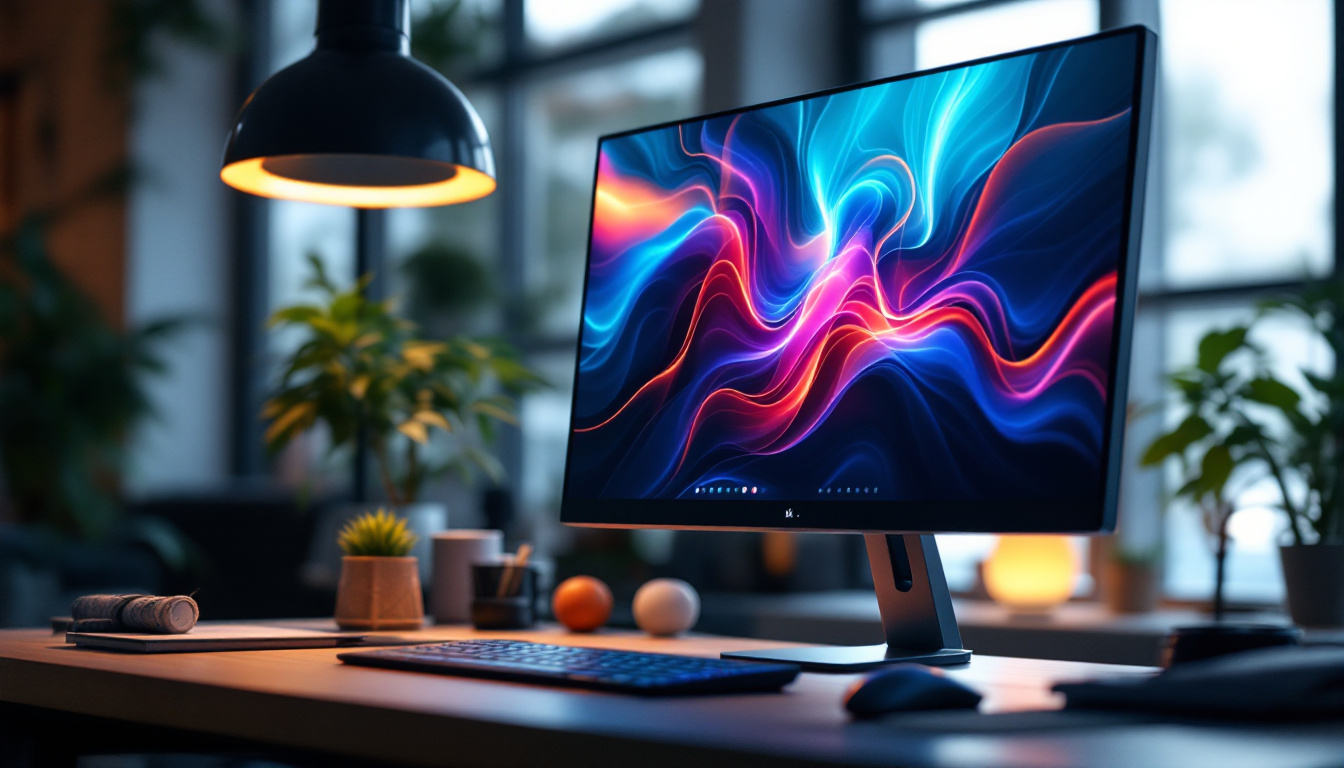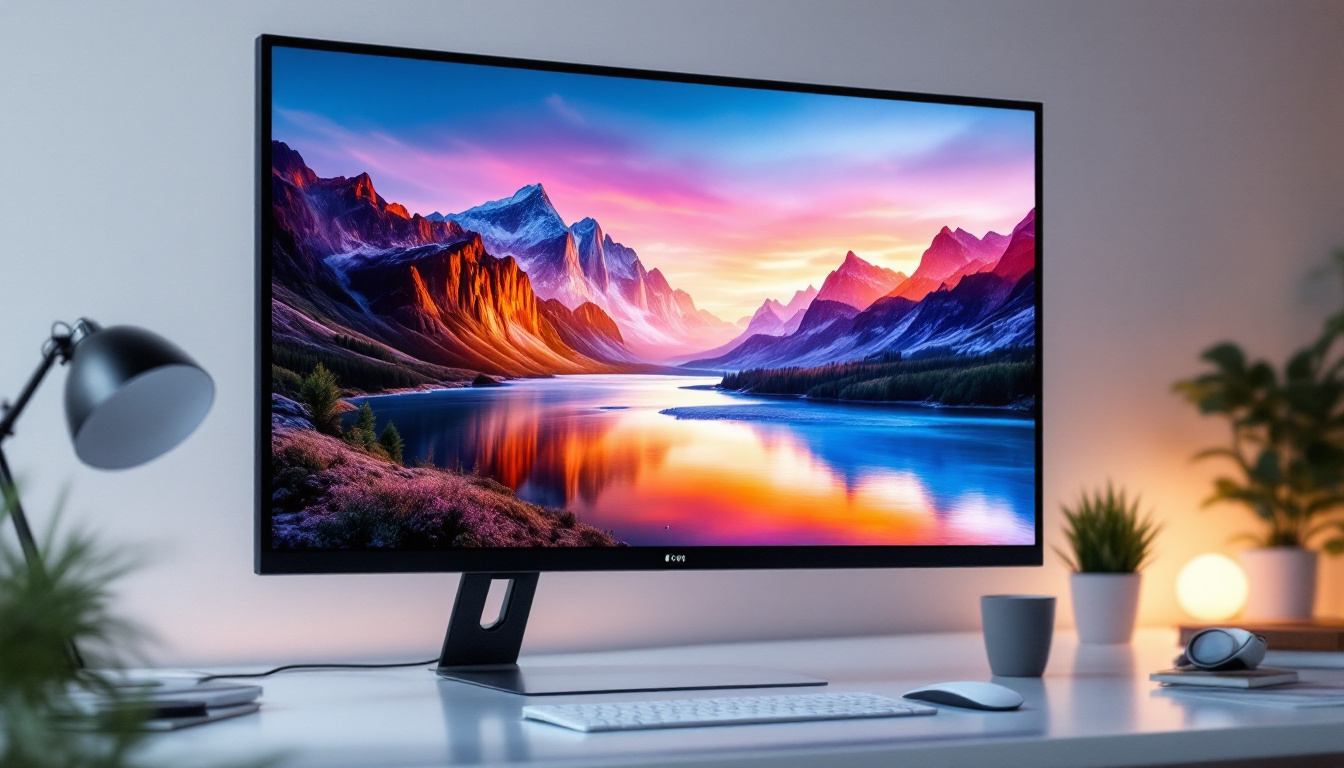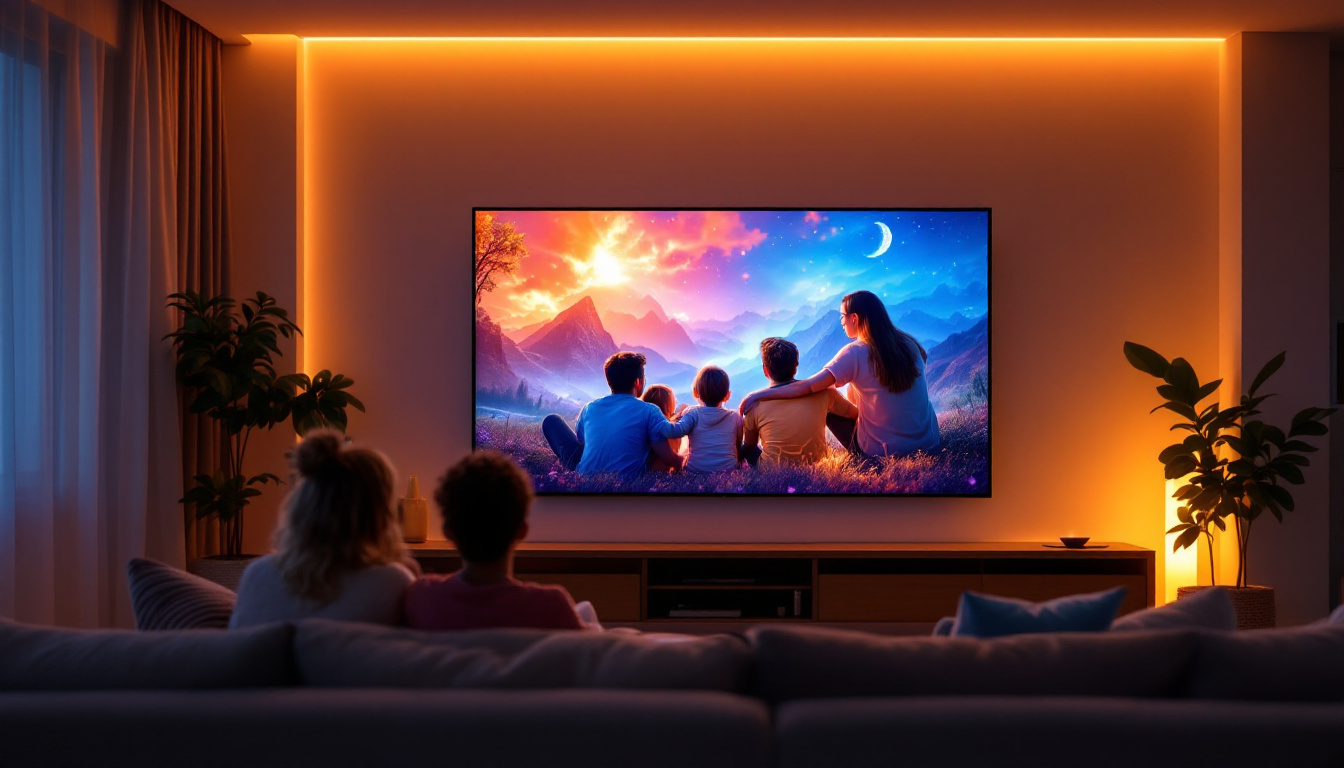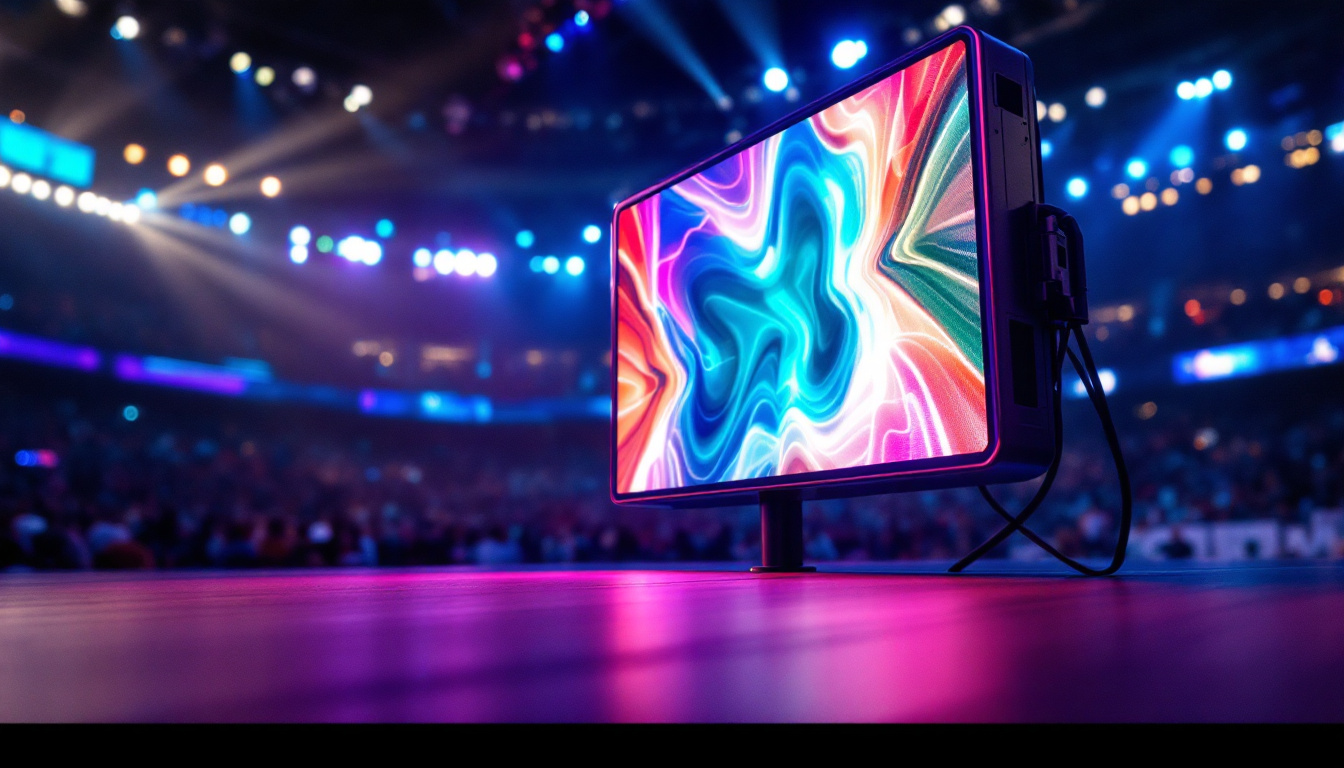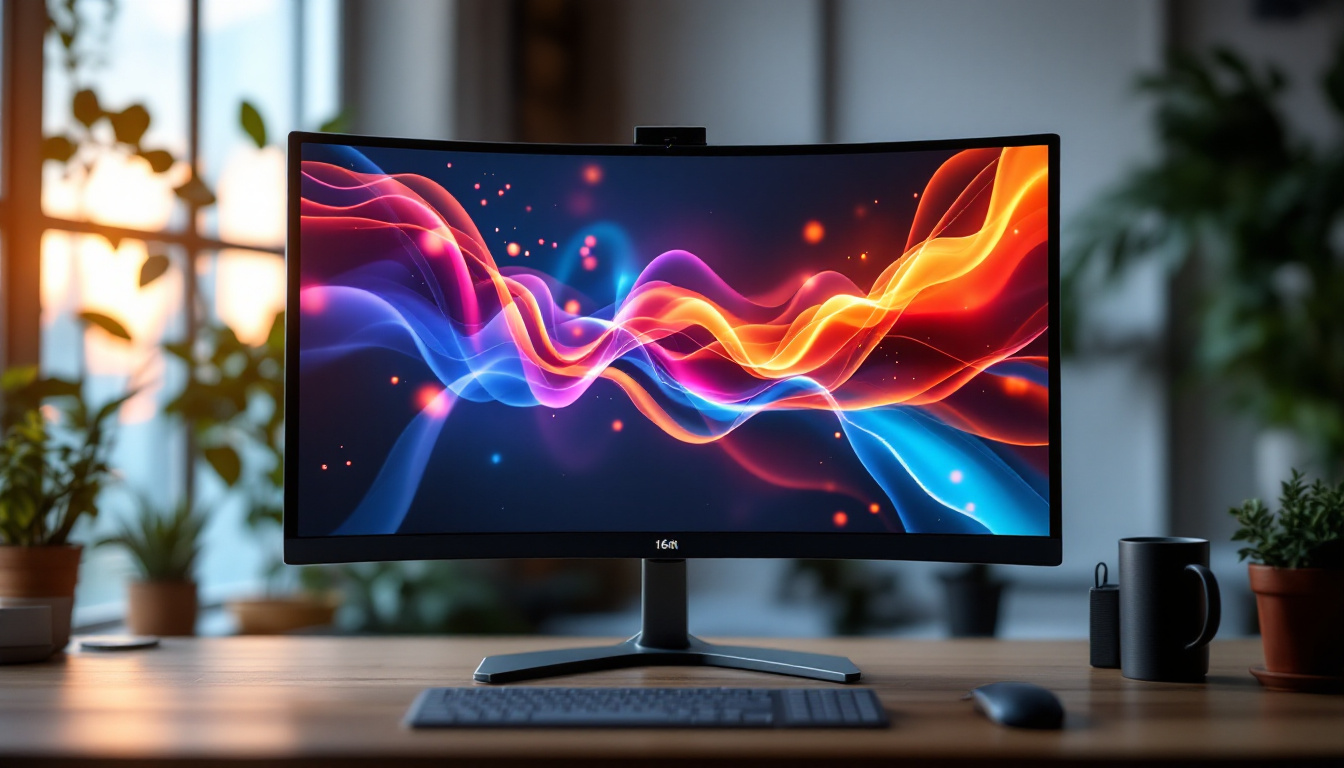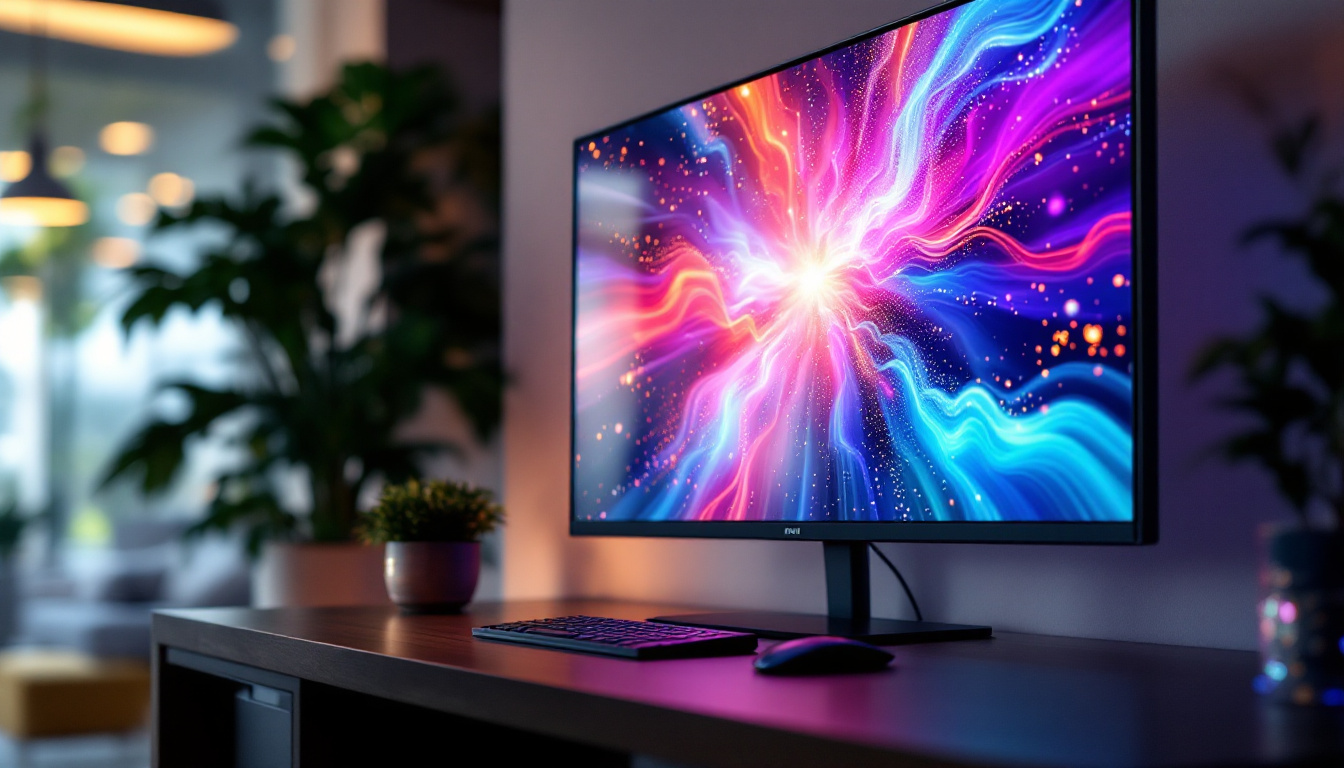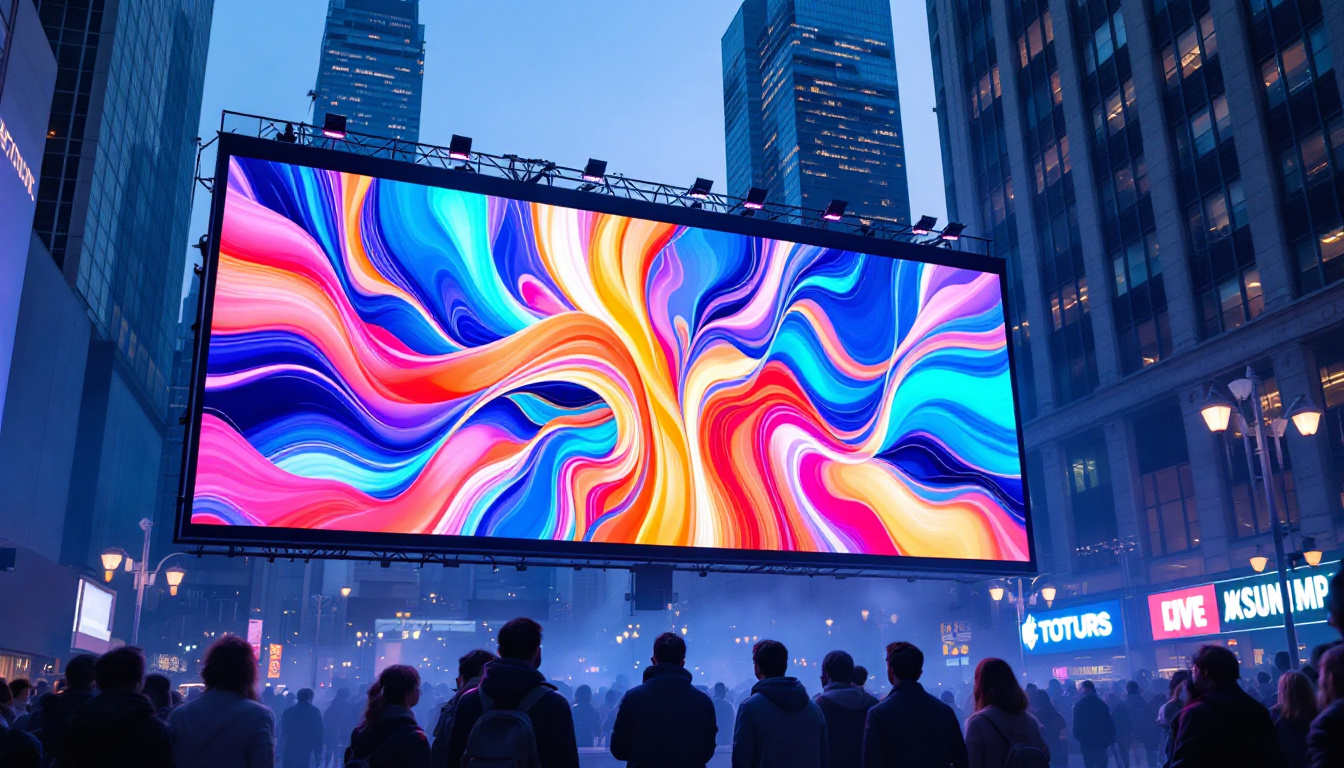In today’s fast-paced digital world, interactive touch screen monitors have become an essential tool in various sectors, including education, business, and entertainment. These devices not only enhance user engagement but also facilitate a more interactive and dynamic experience. This article delves into the intricacies of interactive touch screen monitors, particularly focusing on LED display technology, its applications, and the advantages it offers.
Understanding Interactive Touch Screen Monitors
Interactive touch screen monitors combine the functionality of traditional displays with the interactivity of touch technology. They allow users to engage directly with the content displayed, making them ideal for presentations, educational purposes, and collaborative work environments.
How Touch Screen Technology Works
Touch screen technology primarily operates through two main types: resistive and capacitive. Resistive touch screens consist of multiple layers that register touch when pressure is applied. This technology is often more affordable but may not provide the same level of clarity and responsiveness as capacitive screens.
Capacitive touch screens, on the other hand, use the electrical properties of the human body to detect touch. These screens are generally more sensitive and can support multi-touch gestures, allowing for a more intuitive user experience. This responsiveness is particularly beneficial in interactive applications where quick and precise input is required.
Applications of Interactive Touch Screen Monitors
The versatility of interactive touch screen monitors has led to their adoption across various fields. In education, they serve as powerful teaching aids, enabling educators to present information dynamically and engage students in interactive learning. In corporate environments, these monitors facilitate collaborative meetings, allowing teams to brainstorm and share ideas seamlessly.
Additionally, in the retail sector, interactive touch screens enhance customer experience by providing information and allowing for product exploration. This interactivity can significantly influence purchasing decisions and increase customer satisfaction.
Moreover, the healthcare industry has also embraced interactive touch screen monitors to improve patient engagement and streamline workflows. For instance, these monitors can be used in waiting rooms to provide patients with information about their conditions or treatment options, helping to alleviate anxiety and enhance understanding. In surgical settings, touch screens can display critical patient data, allowing medical professionals to interact with the information in real-time, ultimately leading to better patient outcomes.
Furthermore, the entertainment industry has found innovative uses for interactive touch screens, particularly in museums and theme parks. These monitors can serve as interactive exhibits, allowing visitors to explore content at their own pace or engage in immersive experiences that deepen their understanding of the subject matter. By combining visual elements with tactile interaction, these screens create memorable experiences that captivate audiences and encourage exploration.
LED Display Technology: An Overview
LED (Light Emitting Diode) technology has revolutionized display systems, offering brighter, more vibrant visuals compared to traditional display technologies. LED displays are known for their energy efficiency, longevity, and ability to produce high-quality images, making them a popular choice for interactive touch screen monitors.
Advantages of LED Displays
One of the primary advantages of LED displays is their brightness. They can produce vivid colors and sharp images even in well-lit environments. This characteristic is particularly important for interactive touch screens used in classrooms or conference rooms where ambient light can be an issue.
Moreover, LED displays are more energy-efficient than their LCD counterparts, consuming less power while providing superior performance. This efficiency not only reduces operational costs but also contributes to environmental sustainability. Additionally, the longevity of LED technology means that these displays can last significantly longer than traditional screens, often exceeding 50,000 hours of use. This durability translates to less frequent replacements, further enhancing their cost-effectiveness over time.
Comparison with Other Display Technologies
When comparing LED displays to other technologies such as LCD or OLED, several factors come into play. LCD screens, while still widely used, often lack the brightness and color vibrancy that LED displays offer. OLED screens provide excellent contrast and color accuracy but can be more expensive and may suffer from burn-in issues over time. Furthermore, OLED displays can be more susceptible to environmental factors, such as humidity and temperature fluctuations, which can affect their performance and lifespan.
LED technology strikes a balance between performance and cost, making it an attractive option for many organizations looking to invest in interactive touch screen monitors. The versatility of LED displays also allows for various configurations, including curved and flexible screens, which can be tailored to specific applications. This adaptability makes them suitable not only for educational and corporate settings but also for retail environments, where eye-catching displays can significantly enhance customer engagement and drive sales.
Key Features of Interactive Touch Screen Monitors
Interactive touch screen monitors come equipped with a range of features designed to enhance user experience and functionality. Understanding these features can help organizations select the right monitor for their specific needs.
Multi-Touch Capability
Multi-touch capability is a defining feature of modern interactive touch screens. This allows multiple users to interact with the display simultaneously, fostering collaboration and teamwork. Whether in a classroom setting where students can work together on a project or in a corporate meeting where several participants can contribute ideas, multi-touch functionality is invaluable.
High Resolution and Clarity
Resolution is another critical factor when choosing an interactive touch screen monitor. High-resolution displays ensure that images and text are crisp and clear, which is essential for presentations and educational content. Many interactive monitors now offer 4K resolution, providing exceptional clarity that enhances the overall viewing experience.
Connectivity Options
Connectivity is vital for any interactive touch screen monitor. Modern devices often come equipped with multiple ports, including HDMI, USB, and even wireless connectivity options. This versatility allows users to connect various devices, such as laptops, tablets, and smartphones, making it easier to share content and collaborate effectively.
Choosing the Right Interactive Touch Screen Monitor
Selecting the right interactive touch screen monitor requires careful consideration of several factors, including size, resolution, and intended use. Organizations should assess their specific needs and how the monitor will be utilized to make an informed decision.
Assessing Size and Space Requirements
The size of the monitor is crucial, particularly in environments where space is limited. Larger screens can provide a better viewing experience, especially in larger rooms, but they may not be practical in smaller spaces. It’s essential to find a balance that meets the needs of the users while fitting comfortably within the available space.
Evaluating Performance Specifications
Performance specifications, such as response time and refresh rate, should also be considered. A monitor with a fast response time will provide a smoother user experience, particularly during interactive sessions where quick input is necessary. Additionally, a higher refresh rate can enhance the overall visual experience, making it more enjoyable for users.
Budget Considerations
Budget is often a determining factor when selecting an interactive touch screen monitor. While it may be tempting to opt for the cheapest option, investing in a high-quality monitor can lead to better performance and longevity. Organizations should weigh the initial costs against the potential benefits and savings in the long run.
Installation and Maintenance of Interactive Touch Screen Monitors
Once an interactive touch screen monitor is selected, proper installation and maintenance are crucial to ensure optimal performance. Understanding the installation process and maintenance requirements can help organizations maximize their investment.
Installation Process
Installing an interactive touch screen monitor typically involves mounting the device securely to a wall or stand. It’s essential to follow the manufacturer’s guidelines to ensure proper setup and functionality. Additionally, ensuring that the monitor is positioned at an appropriate height for user interaction can enhance comfort and usability.
Regular Maintenance Practices
Regular maintenance is vital for keeping interactive touch screen monitors in good working condition. This includes routine cleaning of the screen to prevent smudges and dust buildup, which can affect visibility. Additionally, software updates should be performed regularly to ensure the device operates smoothly and securely.
Future Trends in Interactive Touch Screen Technology
The landscape of interactive touch screen monitors is continually evolving, with advancements in technology paving the way for new features and capabilities. Keeping an eye on these trends can help organizations stay ahead of the curve.
Integration with AI and Machine Learning
One of the most exciting trends is the integration of artificial intelligence (AI) and machine learning into interactive touch screen monitors. This technology can enhance user experience by providing personalized content and recommendations based on user behavior. As AI continues to advance, the potential for interactive monitors to adapt and respond to user needs will only grow.
Enhanced Collaboration Tools
As remote work becomes more prevalent, the demand for enhanced collaboration tools is on the rise. Future interactive touch screen monitors may incorporate advanced features that facilitate remote collaboration, such as video conferencing capabilities and real-time document sharing. These tools will enable teams to work together more effectively, regardless of their physical location.
Improved User Interfaces
Future developments may also focus on improving user interfaces to make them more intuitive and user-friendly. This could include gesture recognition, voice commands, and other innovative input methods that streamline interaction and enhance the overall user experience.
Conclusion
Interactive touch screen monitors equipped with LED display technology are transforming the way individuals and organizations engage with digital content. Their versatility, coupled with the advantages of LED technology, makes them an invaluable asset in various applications, from education to corporate environments.
As technology continues to advance, the future of interactive touch screens looks promising, with exciting developments on the horizon. By understanding the features, benefits, and trends associated with these devices, organizations can make informed decisions that enhance collaboration, learning, and productivity.
Investing in an interactive touch screen monitor is not just about acquiring a piece of technology; it’s about embracing a more interactive and engaging future.
Discover LumenMatrix LED Display Solutions
Ready to elevate your interactive experiences with the latest in LED display technology? Look no further than LumenMatrix, a pioneer in crafting visually stunning and technologically advanced LED displays. From engaging Indoor LED Wall Displays to dynamic Outdoor LED Wall Displays, and from versatile Vehicle LED Displays to innovative Custom and All-in-One LED Display solutions, LumenMatrix has the perfect fit for your needs. Embrace the future of visual communication and transform your space with our captivating LED Sports Displays, immersive Floor LED Displays, and transparent LED solutions. Check out LumenMatrix LED Display Solutions today and join the revolution in digital engagement.


